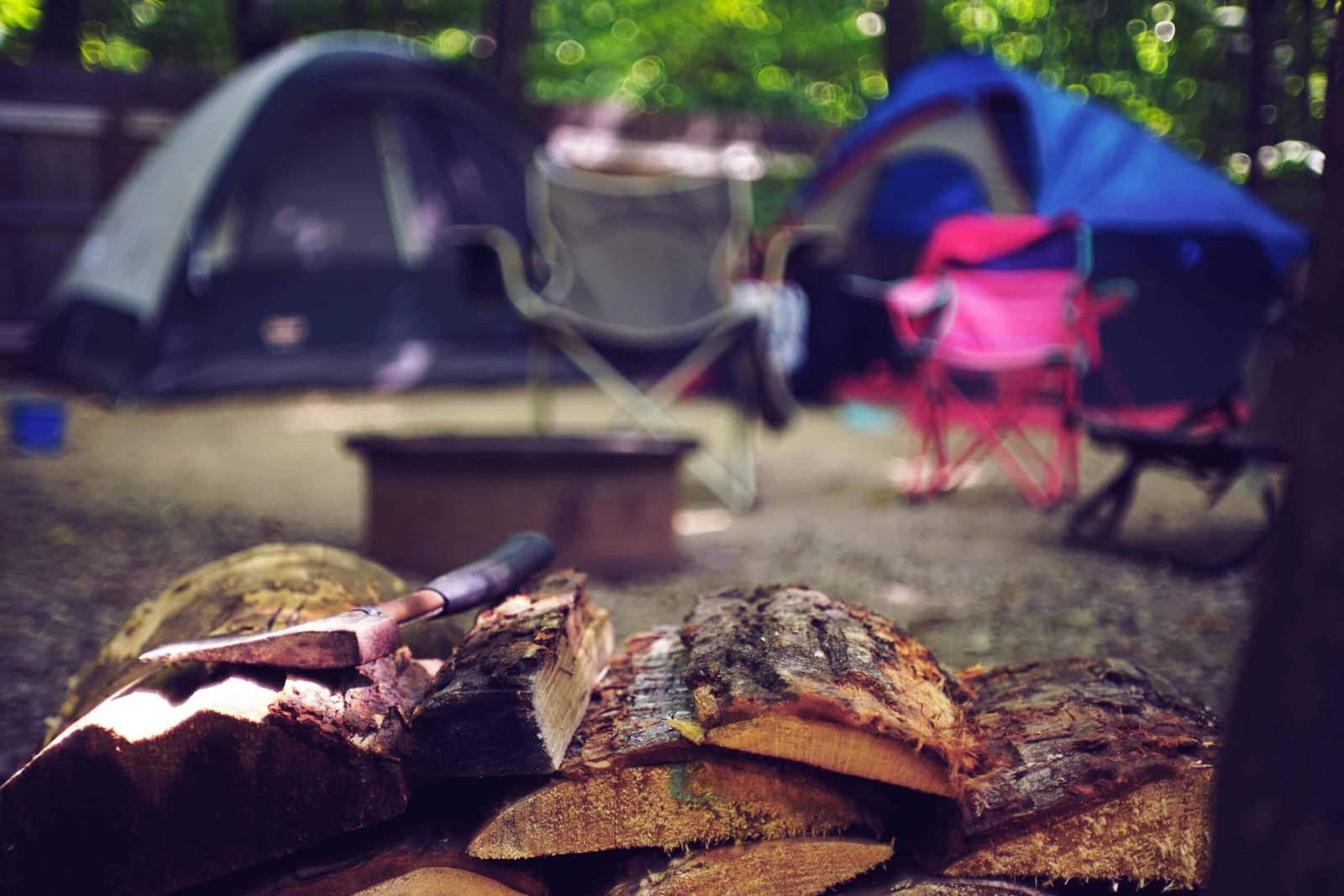Have you ever wondered what it takes to thrive in the wild without relying on modern conveniences? Bushcraft is the art of using traditional outdoor skills to live more in tune with nature. By practicing bushcraft, you not only learn survival techniques but also build self-reliance, creativity, and a deeper connection to the natural world.
This guide breaks down the basics of bushcraft, including essential tools, safety practices, and practical foraging tips to help you embrace the outdoors with confidence.
What Is Bushcraft?
Bushcraft refers to a set of survival and wilderness-living skills that focus on working with nature instead of against it. Unlike short-term survival, bushcraft emphasizes:
- Long-term self-reliance in the outdoors
- Learning to use natural materials for shelter, food, and tools
- Building confidence and problem-solving skills in nature
It’s about more than just survival—it’s about thriving in the wild while respecting the environment.
Essential Bushcraft Tools and Equipment
Having the right tools is key to bushcraft success. The focus is on versatile, multipurpose gear that reduces bulk and maximizes efficiency.
Core Tools Every Beginner Should Carry:
- Swiss Army knife – Multipurpose cutting and utility tool
- 21-inch saw blade – Can be turned into a bow saw with a sapling and cordage
- Hardwood stick – Works as a digging stick, striking tool, or support pole
- Cordage (paracord or natural rope) – Used for shelter building, tool-making, and securing items
Tool Care & Safety:
- Keep blades sharp and clean to prevent rust.
- Inspect tools regularly for damage.
- Store securely when not in use.
Pro Tip: A small, well-maintained tool kit is more valuable than carrying heavy, specialized gear you can’t adapt to multiple situations.
For beginners who don’t want to piece together gear from scratch, survival starter kits—like those from My Patriot Supply—can provide a reliable foundation. These pre-assembled essentials are designed for emergencies and outdoor living, giving you a safety net while you develop your bushcraft skills.
Safety Practices in Bushcraft
Bushcraft can be rewarding, but it comes with risks. Staying safe in the wilderness requires preparation and caution.
Key Safety Habits:
- Carry an emergency kit – Include first aid supplies, fire starters, and a whistle.
- Know your route – Always tell someone where you’re going before heading out.
- Handle tools carefully – Follow proper knife-handling techniques to avoid injury.
- Prepare for water and shelter – Learn how to find and purify water and construct simple shelters.
Even skilled bushcrafters keep backup gear on hand. Emergency food and water solutions—readily available through survival suppliers—add peace of mind when nature doesn’t cooperate.
Foraging Survival Tips
Foraging is one of the most practical skills in bushcraft, but it must be done with care.
Safe Foraging Guidelines:
- Identify before you eat – Never consume a plant unless you are 100% sure it’s edible.
- Learn local plants – Study common edible and poisonous plants in your region.
- Harvest responsibly – Take only what you need and leave enough for regrowth.
Example: Dandelion leaves, cattail roots, and wild berries (when correctly identified) are reliable food sources in many areas.
While foraging builds self-reliance, having long-lasting, shelf-stable food on hand is smart preparation. Survival essentials—such as freeze-dried meals or compact food storage packs—ensure that you’re covered if local resources run low.
Final Takeaway
Bushcraft is about blending traditional outdoor skills with modern awareness to become more resilient, resourceful, and connected to the natural world. By learning tool use, safety practices, and foraging basics, anyone can begin their journey into self-reliant wilderness living.
The more you practice, the more second nature these skills become—transforming your time outdoors from simple survival into a fulfilling way of life. And with the right mix of natural skills and reliable gear, you can step into the wild with confidence.
Bushcraft FAQs
Q: What are the 5 C’s of bushcraft?
A: The 5 C’s are Cutting tools, Combustion devices, Cover elements, Containers, and Cordage.
Q: How do beginners start learning bushcraft?
A: Start with knife safety, fire-starting methods, and basic shelter building. Practice in safe, local environments.
Q: What’s the difference between bushcraft and survival skills?
A: Bushcraft is about long-term living in the wild, while survival skills focus on short-term emergencies.
Q: What tools should I carry first?
A: A fixed-blade knife, ferro rod, tarp, metal container, and paracord cover most basic needs.
Q: Is bushcraft legal in the U.S.?
A: Yes, on most public lands—though you should check local regulations and follow Leave No Trace principles.
Q: What skills should I master first?
A: Knife handling, fire-starting without matches, basic shelter building, water sourcing, and cordage making.

